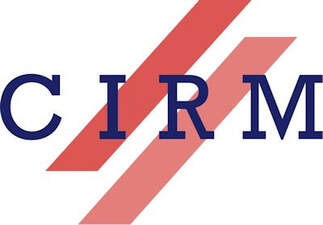RESEARCH IN PAIRS
Keller-Segel Fluid Systems on Non-Smooth Domains (2578)
Systèmes de fluides de Keller-Segel sur les domaines non lisses
Dates: 21-25 February 2022
Place: CIRM (Marseille Luminy, France)
Keller-Segel Fluid Systems on Non-Smooth Domains (2578)
Systèmes de fluides de Keller-Segel sur les domaines non lisses
Dates: 21-25 February 2022
Place: CIRM (Marseille Luminy, France)
|
DESCRIPTION
The Keller-Segel model describes the movement of cells in response to chemical gradients and was introduced already in 1970. It is interesting to study such chemotaxis models not only by diffusion mechanisms but also to include transport phenomena by a fluid, in which the cells are immersed. This leads to coupled chemotaxis-fluid models such as Navier-Stokes type models.
The existing analysis of models of the above type is mostly restricted to the case of domains with smooth boundaries. The diffusion processes described take often place, however, on convex or Lipschitz domains. This project aims to obtain a better understanding of Keller-Segel-fluid models in convex or Lipschitz domains. Particular questions include |
PARTICIPANTS
SPONSOR
|


